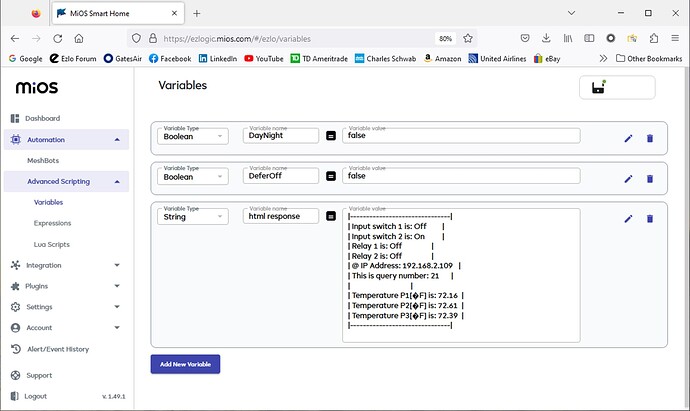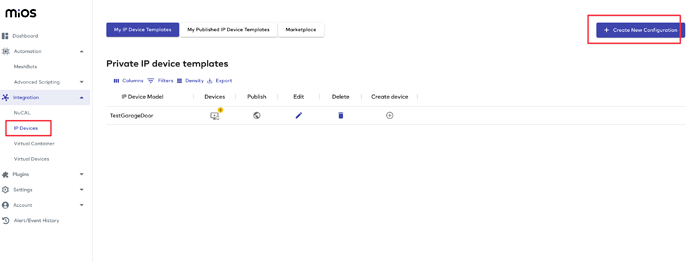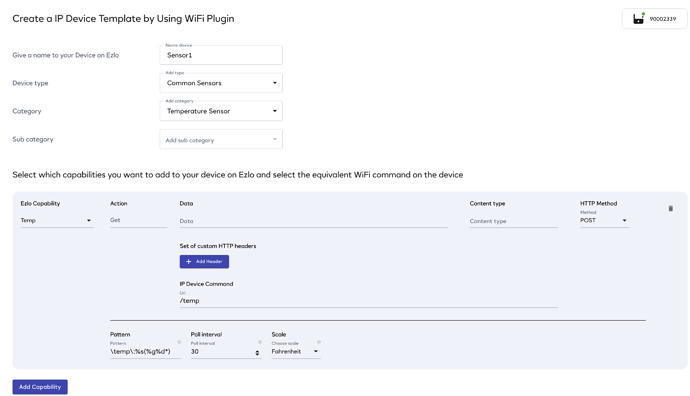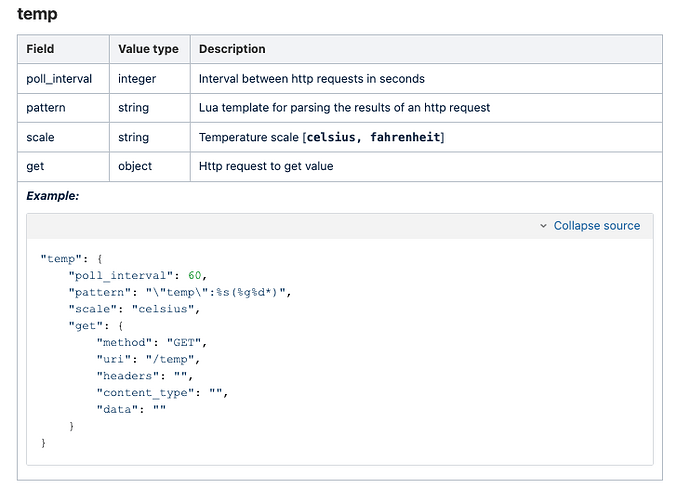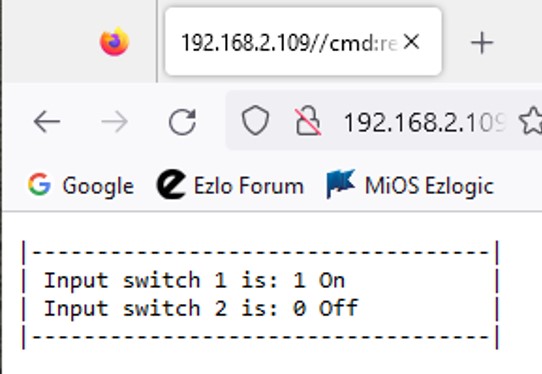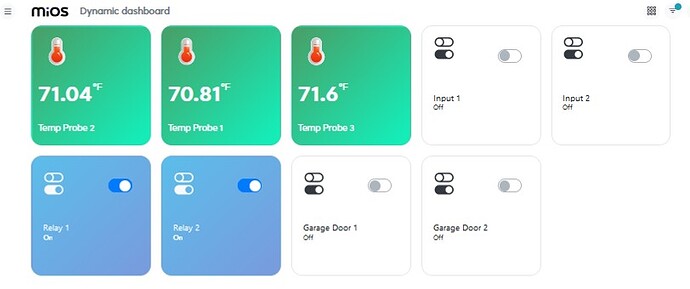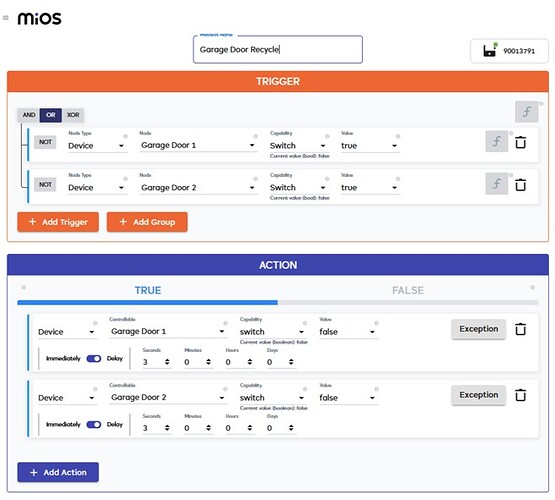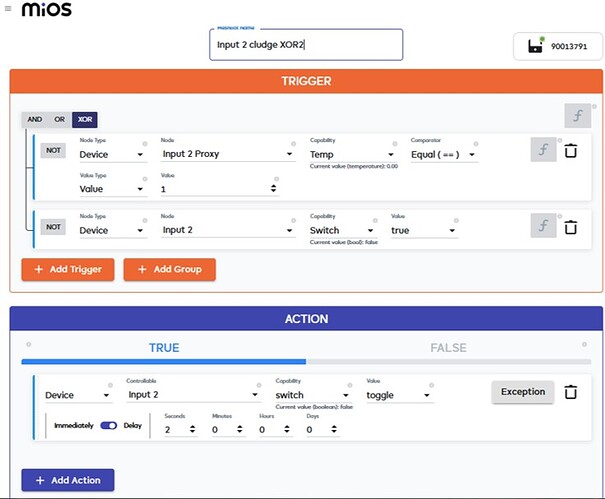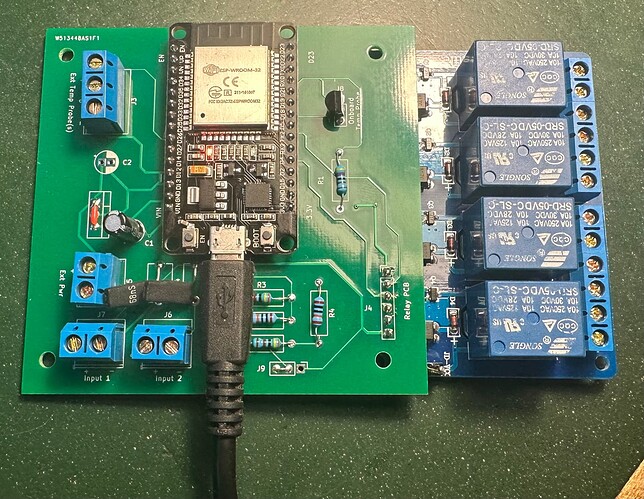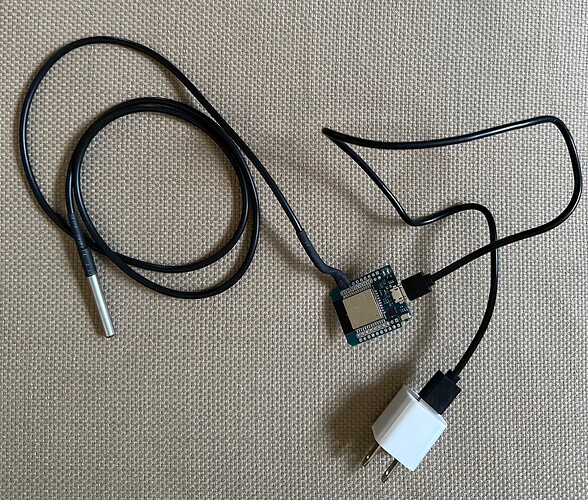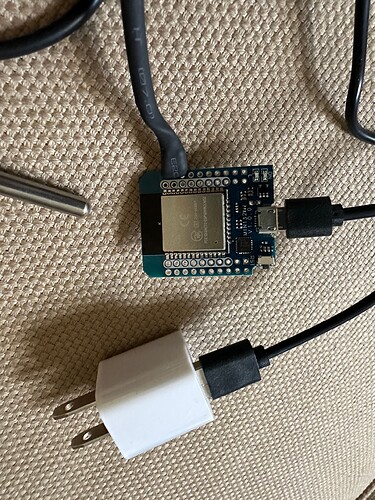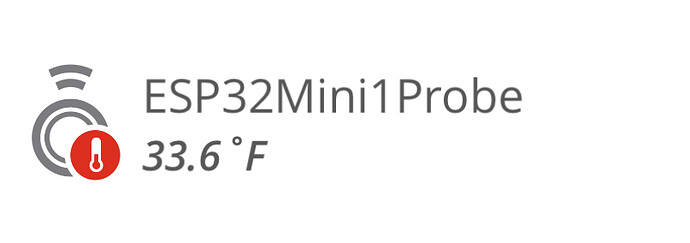I have developed an ESP32 based general purpose IO module that controls a bank of 4 relays, reads up to 10 DS18B20 temperature probes, and has two switch to ground inputs.
The module seems to work fine and can be queried or controlled from a web page http query on my LAN.
I have created a number of meshbots (http: GET) on my EzloPlus to control the various output devices on this IO module. I can manually run any of these meshbots and the desired state is set on the IO module. So now I can create other meshbots that control devices on my EzloPlus and devices on the IO module. I just have to think of meshbots for the IO module being the equivalent to devices on EzloPlus.
So far so good.
Now I want to be able to read the temperature probes and the input switches and put them into float and boolean variables in EzloPlus. I have created meshbots which query the IO module and stuff the response string into a string variable. So I know the query and accepting the text response is working fine (see screenshot attached).
Now I want parse the returned string and use this to set new float and boolean variables which will be later used downstream in other meshbots.
So my question is this. What is the best way to parse a string variable and in turn set 4 boolean variables and several float variables? I want to do this locally on EzloPlus and not go out to a web service for this. I’m not a professional software developer so any help is welcome.
p.s. for now I am happy to poll the IO module to get the various state and temp information. Eventually I’d like to get to the point that a switch closure at the IO module gets immediately updated in the variable on EzloPlus. I need to walk before I run though, so just polling is fine for now.

